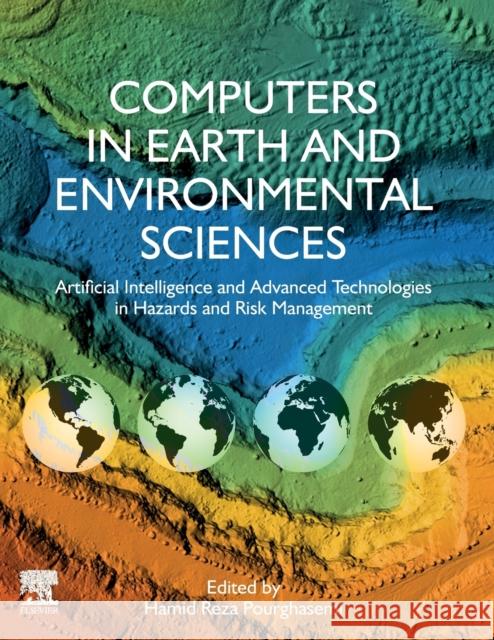Computers in Earth and Environmental Sciences: Artificial Intelligence and Advanced Technologies in Hazards and Risk Management » książka
topmenu
Computers in Earth and Environmental Sciences: Artificial Intelligence and Advanced Technologies in Hazards and Risk Management
ISBN-13: 9780323898614 / Angielski / Miękka / 2021 / 702 str.
Computers in Earth and Environmental Sciences: Artificial Intelligence and Advanced Technologies in Hazards and Risk Management
ISBN-13: 9780323898614 / Angielski / Miękka / 2021 / 702 str.
cena 757,61
(netto: 721,53 VAT: 5%)
Najniższa cena z 30 dni: 748,32
(netto: 721,53 VAT: 5%)
Najniższa cena z 30 dni: 748,32
Termin realizacji zamówienia:
ok. 30 dni roboczych
Dostawa w 2026 r.
ok. 30 dni roboczych
Dostawa w 2026 r.
Darmowa dostawa!
Kategorie:
Kategorie BISAC:
Wydawca:
Elsevier
Język:
Angielski
ISBN-13:
9780323898614
Rok wydania:
2021
Ilość stron:
702
Waga:
1.58 kg
Wymiary:
27.94 x 21.59 x 3.56
Oprawa:
Miękka
Wolumenów:
01
Dodatkowe informacje:
Bibliografia











